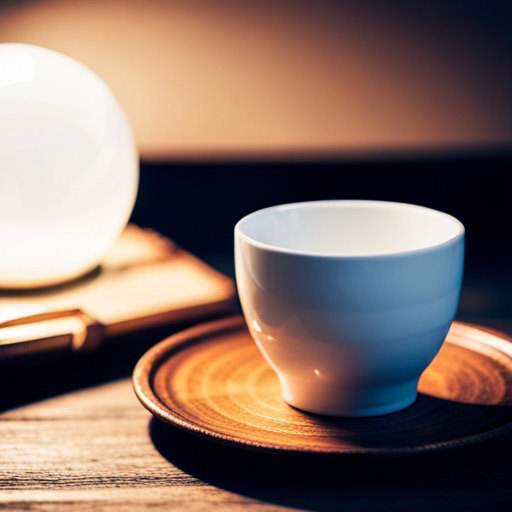I have long felt I am missing out not drinking tea and my fortune being able to be told via the tea leaves left in the bottom of the cup. So, I looked into what is possible with coffee grounds in the cup and how it can help to tell of future riches. One key item though, I need to use a less effective coffee filter to make this work.
Tasseography or tasseomancy is an ancient practice of divination that involves interpreting the patterns left by coffee grounds in the bottom of a cup. Its roots can be traced back to various cultures across the globe, from the Middle East to Turkey, and even Greece. This form of fortune-telling is steeped in tradition and is often passed down through generations, serving as an integral part of social and cultural rituals in these regions.
This technique of divination is an art of symbolism and interpretation. The method of reading the patterns left by the coffee grounds can vary greatly from one culture to another, influenced by local customs, beliefs, and interpretations of symbols. Despite these cultural variations, there are certain common elements that form the basis of this practice.
While the belief in the predictive power of tasseography varies, with skeptics viewing it as mere superstition and believers seeing it as a mystical insight into the future, the practice continues to hold a certain allure. It serves not only as a form of divination but also as a means of introspection and reflection, encouraging individuals to consider their lives and futures.
Whether one views tasseography as a reliable form of divination or a symbolic ritual with cultural significance, the process involved in reading the coffee cup is intricate and fascinating. Here is a general process for how it’s done:
Drinking the coffee: The person whose fortune is to be told drinks the coffee, leaving a small amount of sludge-like coffee grounds at the bottom of the cup.
Swirling and inverting the cup: After drinking, the person swirls the remaining coffee grounds around the cup and then quickly inverts it onto a saucer, allowing the excess liquid to drain and the coffee grounds to cool and dry. The swirling action helps to distribute the grounds around the cup, creating a variety of patterns.
Interpreting the patterns: Once the cup is turned upright, the fortune teller interprets the patterns formed by the coffee grounds. These patterns might be interpreted as symbols or images, which are then related to events, people, or aspects of the person’s life. For example, a pattern that looks like a heart might suggest love or romance, while a pattern that resembles a snake might represent betrayal or deception.
Reading the handle zone: The handle of the cup often represents the person whose fortune is being read, and the patterns closest to the handle might represent events or emotions close to the person’s heart.
Looking at the bottom of the cup: The bottom of the cup often symbolizes the distant future, while patterns near the rim might represent the near future.
Remember that this is a form of divination, and its accuracy or validity is not supported by scientific evidence. It’s often seen as a form of entertainment or a cultural tradition, rather than a reliable way to predict the future.
Please note that if you purchase from clicking on the link, some will result in my getting a tiny bit of that sale to help keep this site going.


